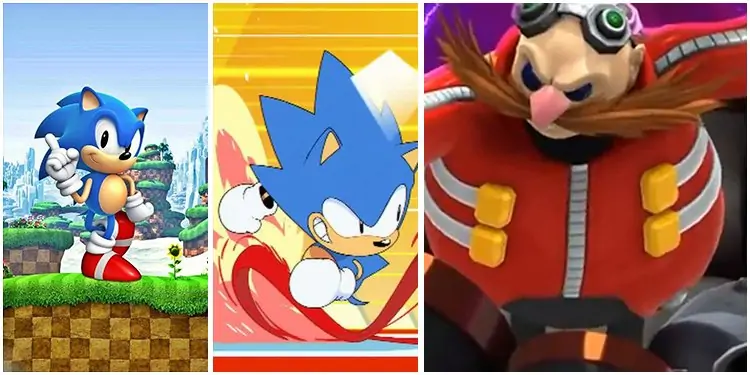Sega’s Sonic the Hedgehog series includes 17 Sonic 2D side-scrollers and 15 3D platformers. The total is 32 main Sonic titles.
Let’s run down the best-selling adventure franchise without considering its spin-offs. Otherwise, we would have to list beyond 100 Sonic games.
Every Sonic Game in Chronological Order
- Sonic the Hedgehog – 1991
- Sonic the Hedgehog 2 – 1992
- Sonic CD – 1992
- Sonic the Hedgehog Chaos – 1993
- Sonic the Hedgehog 3 – 1994
- Sonic & Knuckles – 1994
- Knuckles’ Chaotix – 1995
- Sonic the Hedgehog: Triple Trouble – 1994
- Sonic Blast – 1996
- Sonic Blast 3D – 1996
- Sonic Adventure – 1998
- Sonic the Hedgehog Pocket Adventure – 1999
- Sonic Advance – 2001
- Sonic Adventure 2 – 2001
- Sonic Advance 2 – 2002
- Sonic Heroes (3D) – 2003
- Sonic Advance 3 – 2004
- Sonic Rush – 2005
- Shadow the Hedgehog – 2005
- Sonic the Hedgehog – 2006
- Sonic and the Secret Rings – 2007
- Sonic Rush Adventures – 2007
- Sonic Unleashed – 2008
- Sonic and the Black Knight – 2009
- Sonic the Hedgehog 4: Episode 1 – 2010
- Sonic Colors – 2010
- Sonic Generations – 2011
- Sonic the Hedgehog 4: Episode 2 – 2012
- Sonic Lost World – 2013
- Sonic Mania – 2017
- Sonic Forces – 2017
- Sonic Frontiers – 2022
Sonic the Hedgehog (2D) – 1991
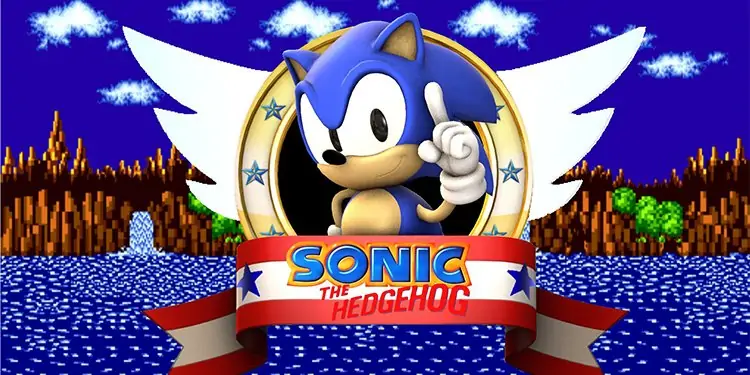
Sonic the Hedgehog 2 (2D) – 1992
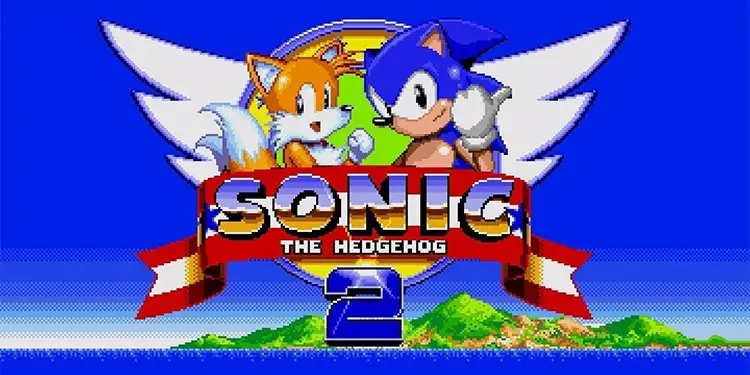
Sonic the Hedgehog CD (2D) – 1993
Sonic the Hedgehog Chaos (2D) – 1993
Sonic the Hedgehog 3 (2D) – 1994
Sonic & Knuckles (2D) – 1994
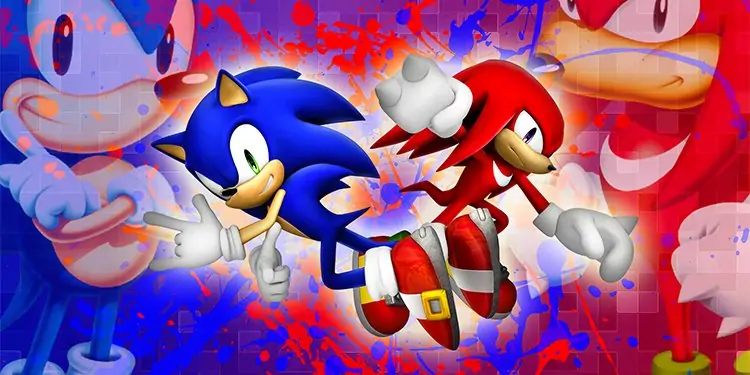
Sonic the Hedgehog: Triple Trouble (2D) – 1994
Knuckles’ Chaotix (2D) – 1995
Sonic Blast (2D) – 1996
Sonic Blast 3D (3D) – 1996
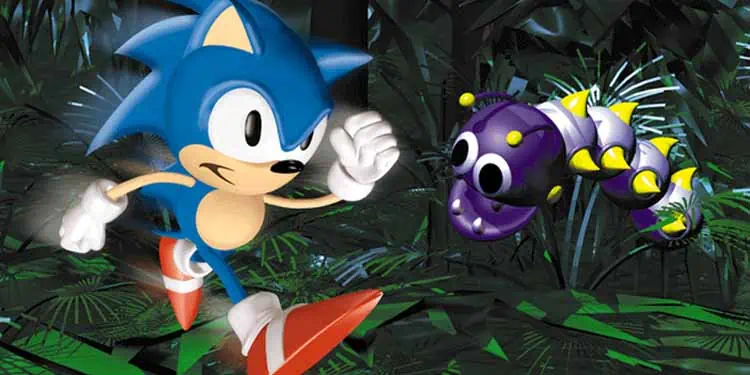
Sonic 3D Blast debuted in 1996 for the Sega Saturn and the Sega Genesis. It’s the first game in the saga featuring (quasi) 3D graphics. It’s also available for Windows, macOS, Linux, and SteamOS.
The game is about saving the Flickies, birds Doctor Robotnik enslaved. As Sonic, players complete seven levels to save the animals. The gameplay is similar to before, but you play in isometric graphics on pre-rendered 3D models.
Sonic Adventure (3D) – 1998
Sonic Adventure debuted in 1998 for the Sega Dreamcast. You may also find the DX version (Director’s Cut) for Windows.
The gameplay stays similar to previous games, with some additions. First, there’re minigames like racing and a virtual pet (Chao). Then, playable characters include Sonic, Tails, Knuckles, Amy Rose, Big the Cat, and E-102 Gamma.
Sonic the Hedgehog Pocket Adventure (2D) – 1999
Sonic Advance (2D) – 2001
Sonic Adventure 2 (3D) – 2001
Sonic Adventure’s sequel debuted in 2001 for Dreamcast and Nintendo GameCube. It’s available on the PlayStation Network, Xbox Live Arcade, and Windows.
The title has two campaigns: you can play as villains or heroes. The heroes are Sonic, Tails, and Knuckles. The enemies are Shadow Hedgehog, Doctor Robotnik, and Rouge the Bat. Each character follows a questline and features a different gameplay.
Sonic Advance 2 (2D) – 2002
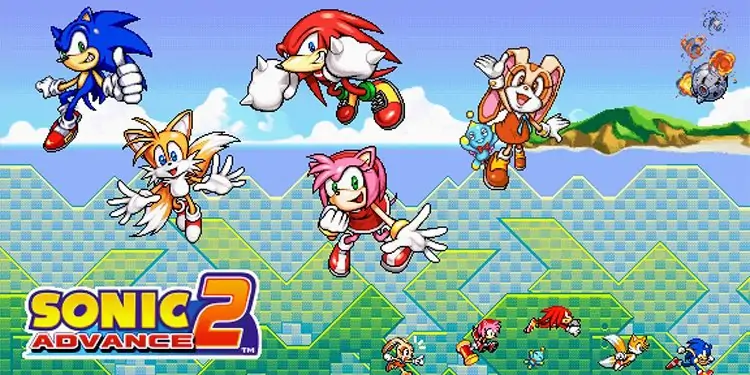
Sonic Heroes (3D) – 2003
Sonic Heroes debuted on the Nintendo GameCube, PS2, and Xbox in 2003. Similar to previous titles, playable characters are Sonic, Tails, and Knuckles.
The game has a team of heroes racing through various levels to collect rings, and Chaos Emeralds, defeat robots and stop Doctor Robotnik.
Sonic Advance 3 (2D) – 2004
Sonic Rush (2D) – 2005
Shadow the Hedgehog (3D) – 2005
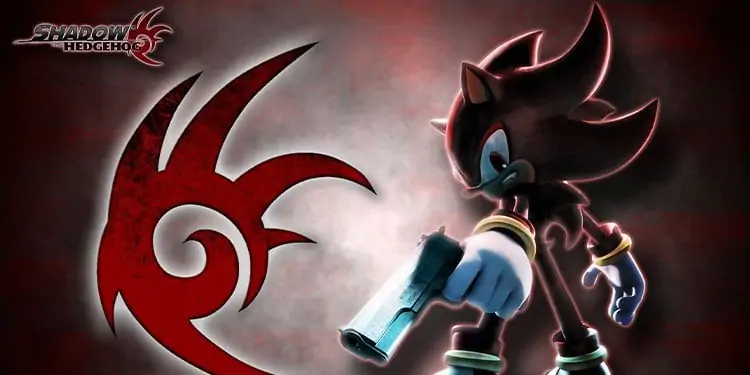
Shadow the Hedgehog debuted in 2005 for Nintendo GameCube, PS2, and Xbox. It’s a sequel to Sonic Heroes, but it allows players to control Shadow the Hedgehog. Doctor Robotnik’s grandfather created the villain.
The title adds third-person shooter elements and a nonlinear design to the long-running platformer. Shadow can use several weapons and attacks, chaos abilities, and weapons. Lastly, the missions and the game have different endings.
Sonic the Hedgehog (3D) – 2006
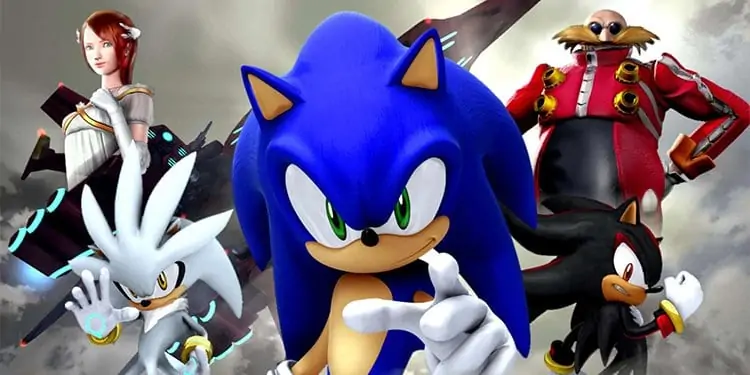
Sonic the Hedgehog, the 3D version, debuted in 2006 for Xbox 360 and PlayStation 3.
Sonic, Shadow, and the new character Silver are the playable protagonists. The team must defeat ancient evil Solaris. Each character has its levels and abilities. There’s also a hub world, multiple boss fights, and a multiplayer mode.
Sonic and the Secret Rings (2D) – 2007
Sonic and the Secret Rings debuted in 2007 for Nintendo Wii. The title follows the titular hero on a journey to stop evil genie Erazor Djinn.
Aside from the core platforming gameplay, Secret Rings uses a character progression system. As Sonic levels, he can unlock special moves.
Sonic Rush Adventures (2D) – 2007
Sonic Unleashed (3D) – 2008
Sonic Unleashed debuted in 2008 for PS2, PS3, Nintendo Wii, and Xbox 360. It follows Sonic as he restores the world from Doctor Robotnik’s destruction.
The game has two core experiences. It plays like the traditional platformer in the daytime with smooth transitions between 2D and 3D sections. At night, Sonic transforms into a Werehog for brutal combat.
Sonic and the Black Knight (3D) – 2009
Sonic and the Black Knight debuted in 2009 for the Nintendo Wii. It follows Sonic aon a medieval fantasy setting.
The gameplay mixes swordplay and fast-paced platforming. It also uses the Wii Remote motion sensors to handle the character. Lastly, it keeps a similar leveling system as The Secret Rings title.
Sonic the Hedgehog 4: Episode 1 (2D) – 2010
Sonic Colors (3D) – 2010
Sonic Colors debuted in 2010 for Nintendo Wii and Nintendo DS. A 2020 remastered version ( Sonic Colors: Ultimate ) is available for Nintendo Switch, PS4, and Windows.
The game follows Sonic as he stops Doctor Robotnik’s interstellar amusement park. You go through 2D side-scrolling segments and 3D sections to save “Wisps.” Freeing these creatures grants abilities to use in combat and explorations.
Sonic Generations (3D) – 2011
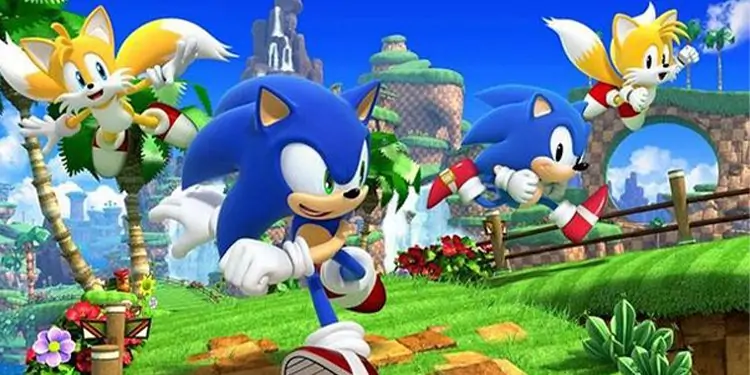
Sonic Generations debuted in 2011 for PS3, Xbox 360, and Nintendo 3DS. It’s currently available for Windows as well.
The title follows Sonic and Tails as the ally with past versions of themselves. As such, there’re two core experiences: “Classic,” a side-scrolling 2D platformer in the “past,” and “Modern,” 3D levels similar to Sonic Colors and Sonic Unleashed.
Sonic the Hedgehog 4: Episode 2 (2D) – 2012
The game debuted in 2012 for Windows, PlayStation Network, Xbox Live Arcade, iOS, and Android. This time around, Sonic and Tails are playable characters. You can play with the AI or a friend via local or online co-op.
Episode II, the sequel to the first Sonic 4 title, continues with a similar plot, gameplay, and graphic style. As before, it intends to emulate the Sega Genesis Sonic titles.
Sonic Lost World (3D) – 2013
Sonic Lost World debuted in 2013 for Wii U and Nintendo 3DS. It’s also available for Windows PCs.
The title follows Sonic and Tails as they stop the Deadly Six alien tribe. The gameplay features the typical elements of the saga plus parkour features, alternate pathways, Wisp creatures, and Wisp skills.
Sonic Mania (2D) – 2017
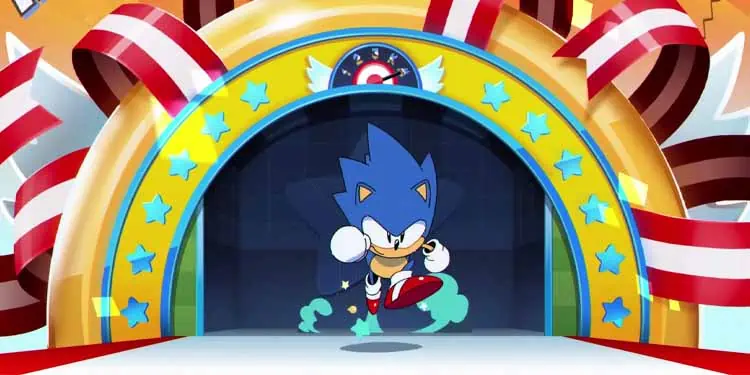
Sonic Mania is the latest 2D game in the series. The title debuted for Nintendo Switch, PlayStation 4, Xbox One, and Windows in 2017.
Mania celebrates the 25th anniversary of the Sega franchise. It features fast side-scrolling gameplay over 12 levels, several bosses, and Doctor Robotnik as the villain.
Sonic Forces (3D) – 2017
Sonic Forces debuted in 2017 for Nintendo Switch, PS4, Windows, and Xbox One. Four playable characters team up to defeat Dr. Robotnik. These characters are Classic Sonic, Modern Sonic, Shadow the Hedgehog, and the avatar.
The gameplay features a similar 3D platforming as Unleashed, with Sonic using both new and old abilities and Wisp power-ups. It also features “Classic” sections, which are 2D side-scrolling levels. Lastly, each character has unique skills and areas.
Sonic Frontiers (3D) – 2022
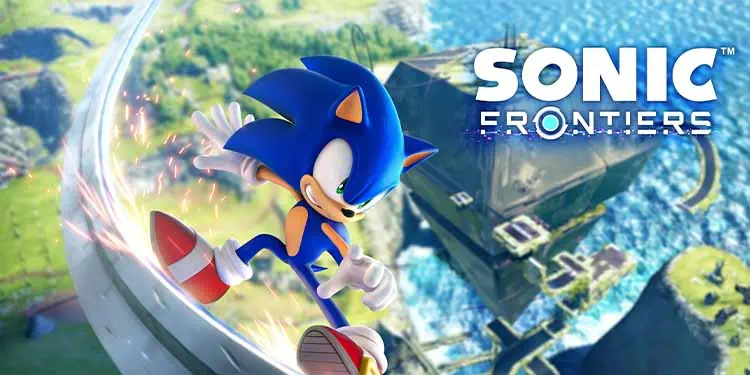
Sonic Frontiers is the latest Sonic game. It debuted in November 2022 for Nintendo Switch, PS4, PS5, Xbox One, Xbox Series, and Windows.
Frontiers evolved the formula to deliver an open-world platformer adventure game. You collect rings, unlock skills, solve puzzles, beat enemies, defeat colossal titans, and defeat the classic saga villain.

